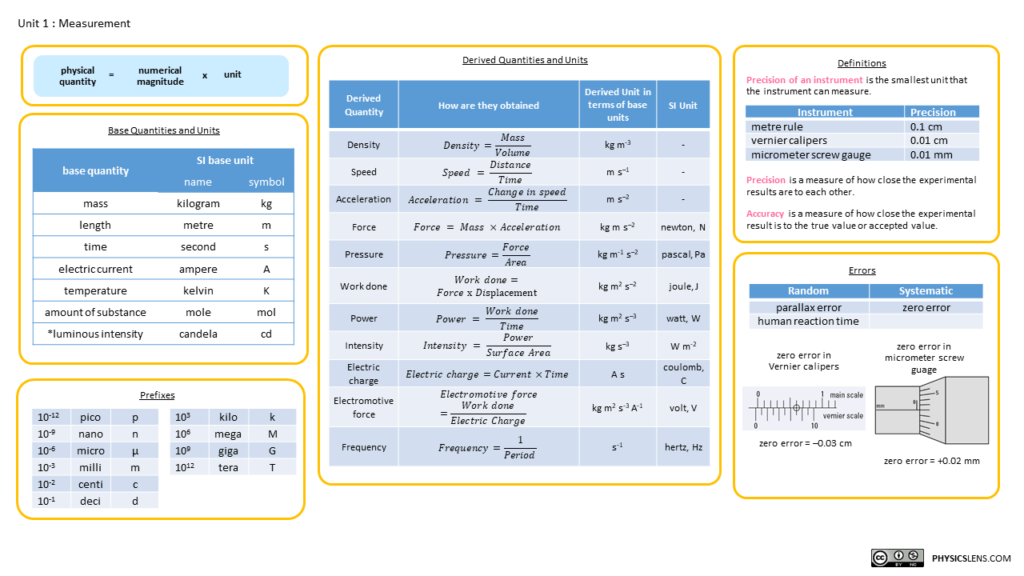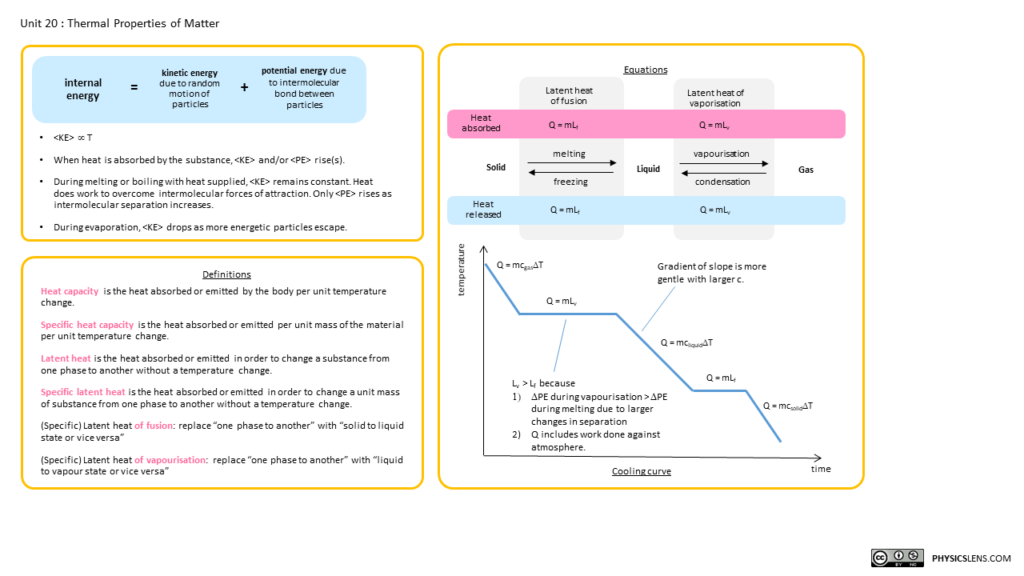
Click here to download high res version.
the world in a different light

Click here to download high res version.

Click here to download high res version.
Made these videos years ago when I was still using an old domain name. Transferred them to the current YouTube channel in 2018. Re-posting them here as I will be using them in class soon – if the live demo fails. The first demonstration never fails to bring excitement to the class and start the lesson with a bang.
The following simulations from the Concord Consortium shows the behaviour of molecules in different states. What I like about them is that you can highlight one or two individual molecules and focus on observing their movement.
I created a set of online flashcards using Quizlet to help my students recall important terms and their meanings.
This is one of them. For the complete set for the A level syllabus, refer here.
This simple Mindmap was created using Miro, which appears to allow collaborative work, including mindmapping and project planning. Testing it out here.